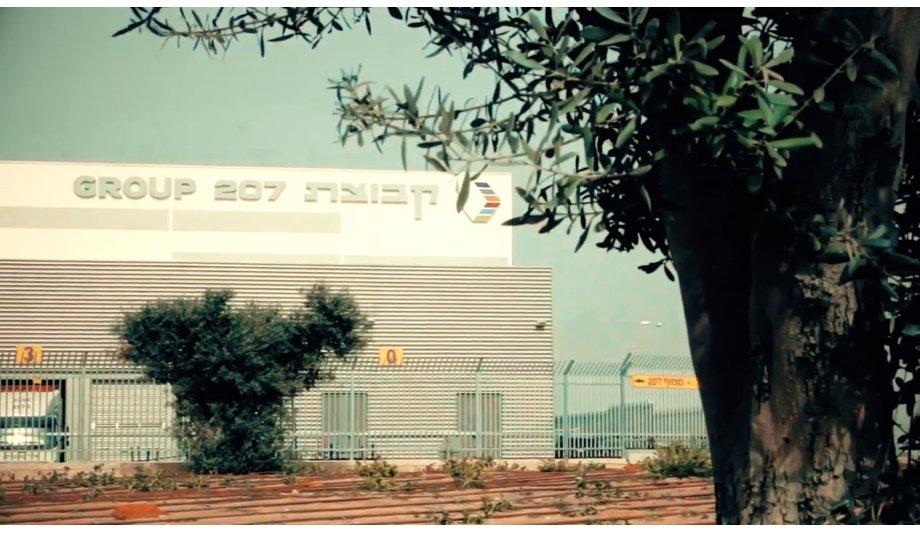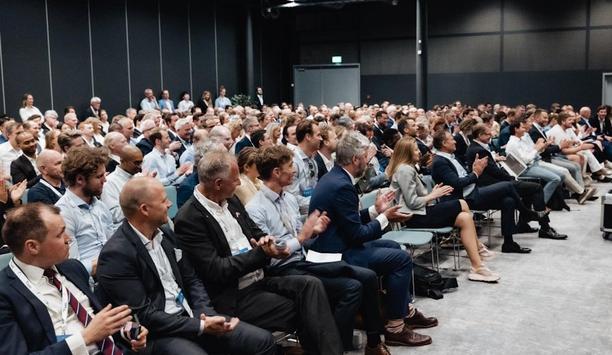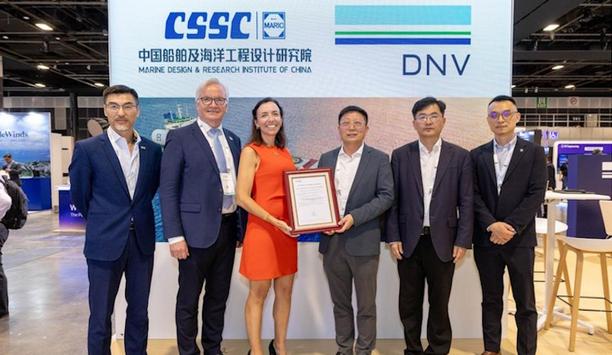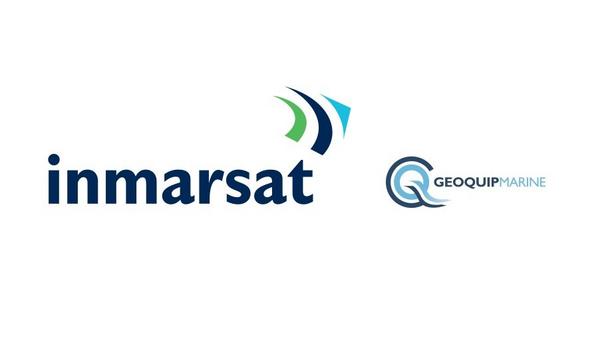As supply chain disruptions continue to wreak havoc on global economies, Oosto is helping to ease port security and landside operations, which are burdened with increased security challenges, operational risks, and tightening regulations, through the use of the company’s renowned visual AI-driven access control solution.
Facial recognition technology
Group 207, a globally renowned leading-edge maritime logistics operator in the Port of Ashdod, Israel, recently implemented Oosto’s facial recognition technology for video surveillance for all of its cargo-handling activities.
Oosto’s solution instantly recognised authorised individuals, which led to a substantial amount of manpower saved
The company’s cutting-edge, 70,000 square-metre facility, which saw almost immediate results upon implementation of OnAccess for security-screening authentication of cargo and ground-handling personnel.
Oosto’s solution instantly recognised authorised individuals, which led to a substantial amount of manpower saved, increased operational transparency, and a rapid return on investment. In fact, Oosto calculated waiting time reductions that totaled 15 to 20 minutes per driver on average.
OnAccess access control solution
Prior to implementing Oosto’s OnAccess access control solution on their premises, Group 207 was challenged with a manual check-in, credentialing, and identification authorisation process of its cargo handlers, which resulted in long lines, inefficiencies, and frustration among contracted drivers.
“Before we implemented Oosto’s facial recognition solution, we had a problem with identification, which required a truck driver to provide his paperwork to a receptionist, who would then work to identify the driver and certify that the paperwork was correct,” said Ofer Margules, the Chief Operating Officer (COO) of Group 207.
Oosto – Group 207 partnership
Ofer Margules adds, “Now, we don’t need the paperwork, we don’t need the receptionist. The truck driver just goes to a kiosk, the system recognises the driver and he can access the cargo he came for. Today, if you ask any driver at this port, where the most convenient place to get logistics services in terminals is, they will definitely tell you it’s Group 207.”
“We are thrilled that Group 207 has chosen to partner with Oosto on this top-priority endeavour,” said Ofer Schmidt, Oosto’s Sales Director for Central Europe and Israel.
Real-time facial recognition aids logistics service providers
Logistics providers are increasingly exploring new approaches to unlock efficiencies in port operations
Ofer Schmidt adds, “This demonstrates the value that real-time facial recognition can offer logistics service providers in today’s capacity-constrained supply chain environment. We can accurately measure the man-hours saved, both on the part of the drivers and in terms of Group 207’s own manpower, and deliver a rapid return on investment.”
Logistics providers are increasingly exploring new approaches to unlock efficiencies in port operations, to help combat customs clearance delays and traffic bottlenecks, docking and unloading delays of cargo containers, protect goods from cargo pilferage, and meet security clearances.
Efficient, rapid door-to-door cargo
Efficient and rapid door-to-door cargo transport is critical, as the volume of goods transported by global container fleets has nearly doubled in recent years and cargo pile ups at ports have reached crisis levels, especially during the global COVID-19 pandemic spread.
According to the Organisation for Economic Co-operation and Development (OECD), 90% of the world’s goods are currently shipped by sea, with maritime shipping volumes projected to triple by the year - 2050.
Opportunities and challenges for logistics providers
This growth brings both opportunities and challenges to logistics providers and transportation companies in the near future, and associated operational burdens on port security measures and procedures to safeguard people, ports and cargo will only intensify the necessity and adoption of biometric technologies as a result.












